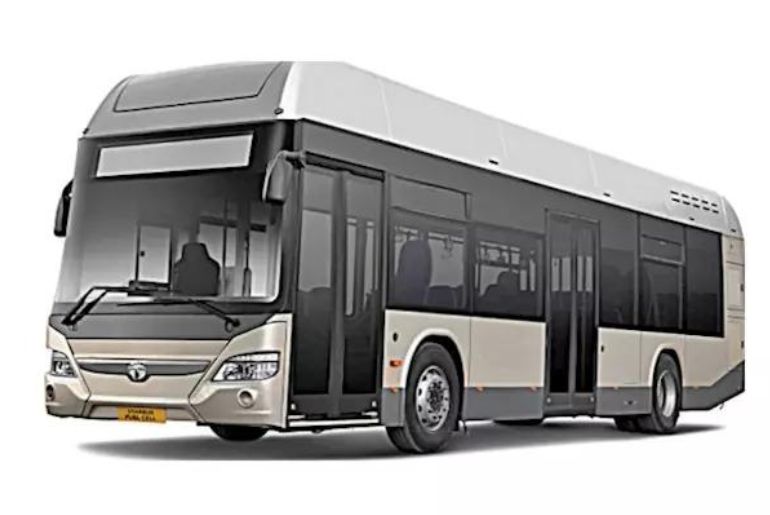In addition to giving each business ample management attention, Tata Motors’ split into two independent businesses—one concentrating on passenger cars and the other on commercial vehicles—will also satisfy long-standing investor demand for a simplification of the company’s capital structure.
Group Chief Financial Officer of Tata Motors, PB Balaji, stated during a news conference on June 26 that the business has been working “feverishly” to fulfill a significant request from its investors, namely streamlining its financial structure. The company took this step earlier this year when it obtained shareholder approval to delist its American Depositary Shares from the New York Stock Exchange and converted its differential voting rights (DVRs), which were listed on the NSE and BSE, into common shares.
Balaji said he expects to file the scheme of demerger ‘in the coming months’. “We are hopeful that by Q1 next year we should be done with that,” he added.
Tata Motors is currently India’s largest CV maker and third-largest PV manufacturer and the market leader in electric passenger cars. In March this year, the company announced a bifurcation of its automobile business — which includes the UK-based Jaguar Land Rover — into a passenger vehiclefocused company and commercial vehicle-focused one. The idea, the CFO explained, is to set both businesses free to pursue their own strategies independently. “The demerger is an effort to unleash businesses, ensure they can get all the focus they deserve from the board, get the agility, get the focus and more importantly, keep continuing to differentiate their strategies as they go forward and do the best in that particular business,” he noted. UK-based JLR will form part of the passenger vehiclefocused company. The subsidiary contributes nearly 70% of Tata Motors’ overall revenues, which remained substantial at Rs 4.38 lakh crore during the financial year 2024. Of the remaining revenue, the CV business contributes around 18% and the India PV business, 12%.
One of the key benefits of the demerger is seen as freeing up management bandwidth for the CV business, which has, in recent years, struggled to attract the management’s attention due to rapid developments on the passenger and electric vehicle fronts. Executive Director Girish Wagh, who heads the CV division, concurred, adding that the demerger will allow the CV business to chase its goals aggressively. “I think this demerger will allow CV business to chase its own aspirations, and within CV, the eight businesses that we spoke about, there will be freedom in terms of accessing capital and also growing in the areas which would not have taken priority otherwise,” Wagh said.
Tata Motors’ CV business is currently segmented into eight verticals. This includes four product line businesses — heavy CVs, intermediate and light/medium CVs, buses and vans, and small CVs — and four non-product-based divisions: international business, downstream spare parts and service business, smart city mobility business, and digital business.
On the PV side too, the management is keen to expand the company’s addressable market to 80% by 2030 through new launches, even as much attention will remain on developing the electric vehicle ecosystem in India. After the reorganisation, the company expects the India PV business to benefit from synergies with JLR in terms of time benefits, common investments and software-defined vehicles.
“I clearly see a big similarity between us and JLR. A lot of combined work has already started. There is a lot of work that we can do jointly with JLR in areas that give us an advantage in terms of accelerating the growth journey for the EV business,” said Shailesh Chandra, MD of Tata Passenger Electric Mobility and Tata Motors Passenger Vehicles.
As an instance, Tata Passenger Electric Mobility has already licensed JLR’s Electrified Modular Architecture platform to develop premium pure EV series under the Avinya range.
The demerger will also affect the debt structure of the different businesses. Currently, Tata Motors’ Indian business, which includes the CV, PV and electric vehicle businesses, is now debt-free with Rs 1,000 crore positive cash while JLR is expected to be net debt zero in this financial year. CFO Balaji noted that the gross debt of Tata Motors will be split between the two new entities in proportion to the size of their assets. The current asset split between the CV and PV businesses is 60:40. However, the standalone CV business has a net debt of Rs 6,000 crore.
“Together,” Balaji said, “these companies will go forward as debt free. We do not expect debt to be a stress in the demerger.


